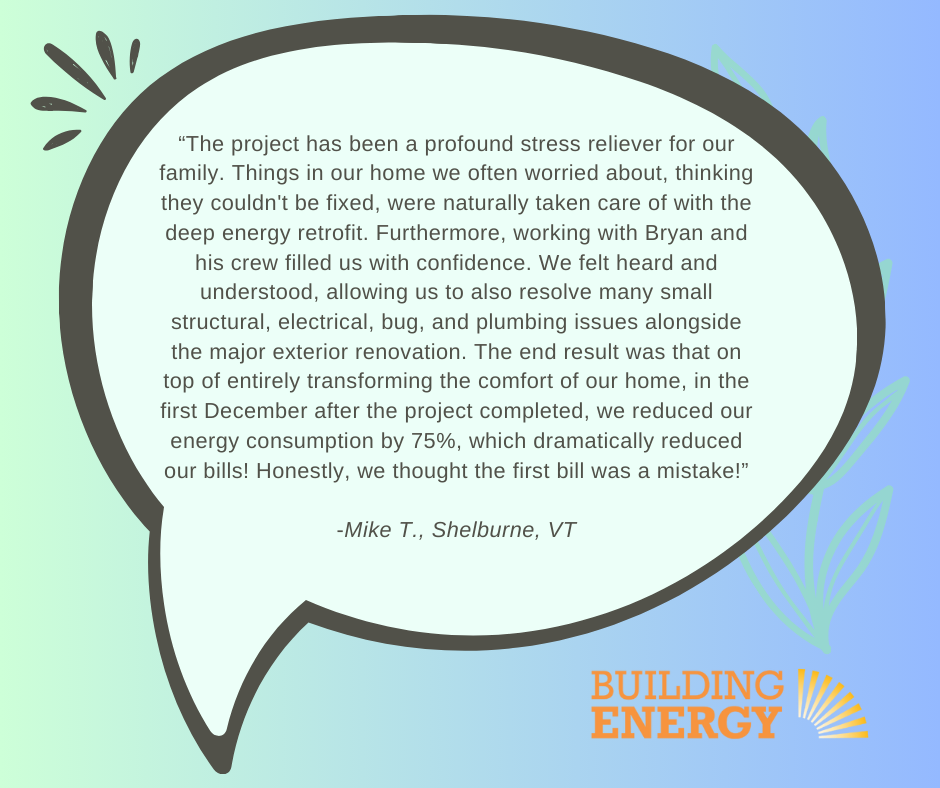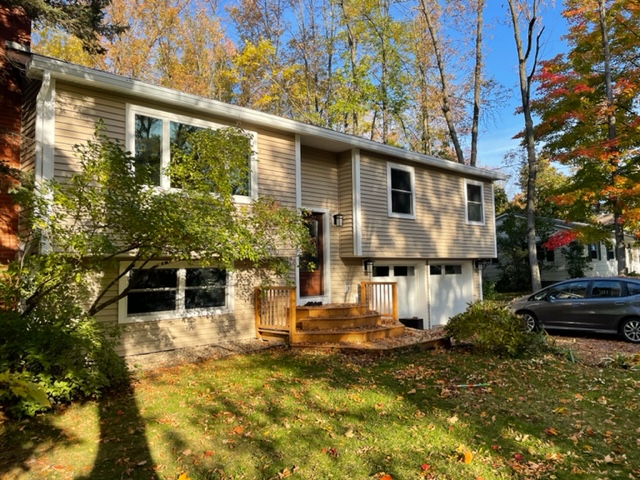

To begin the Deep Energy Retrofit process, Building Energy will conduct a thorough energy analysis called an energy audit. Our Certified Energy Auditors can help identify which measures to prioritize, and help you design the right package of retrofit measures needed to achieve your goals. Deep Energy Retrofits often require greater attention to the thermal enclosure than a typical weatherization project.
Building Energy customers are guided through the process with thorough explanations of proposed measures, setting of priorities, and a customized work scope based on a client’s needs, budget, and time frame by our experienced staff. We customize our retrofit plan to your home.
The Deep Energy Retrofit Process
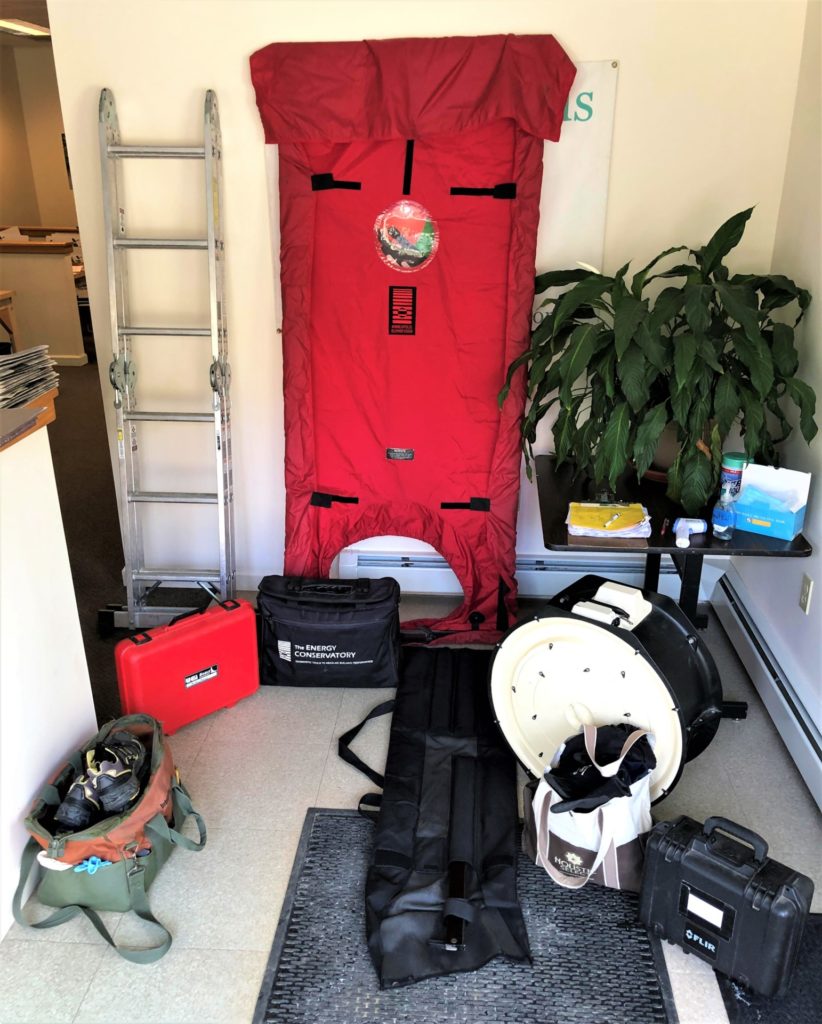
Energy Audit – This initial building analysis provides a review of your building and helps us understand what your building needs to complete the deep energy retrofit. Our certified energy auditors use diagnostic equipment like blower doors and infrared imaging to develop a scope of work. The written audit report provides a prioritized set of upgrades including cost and savings for each measure.
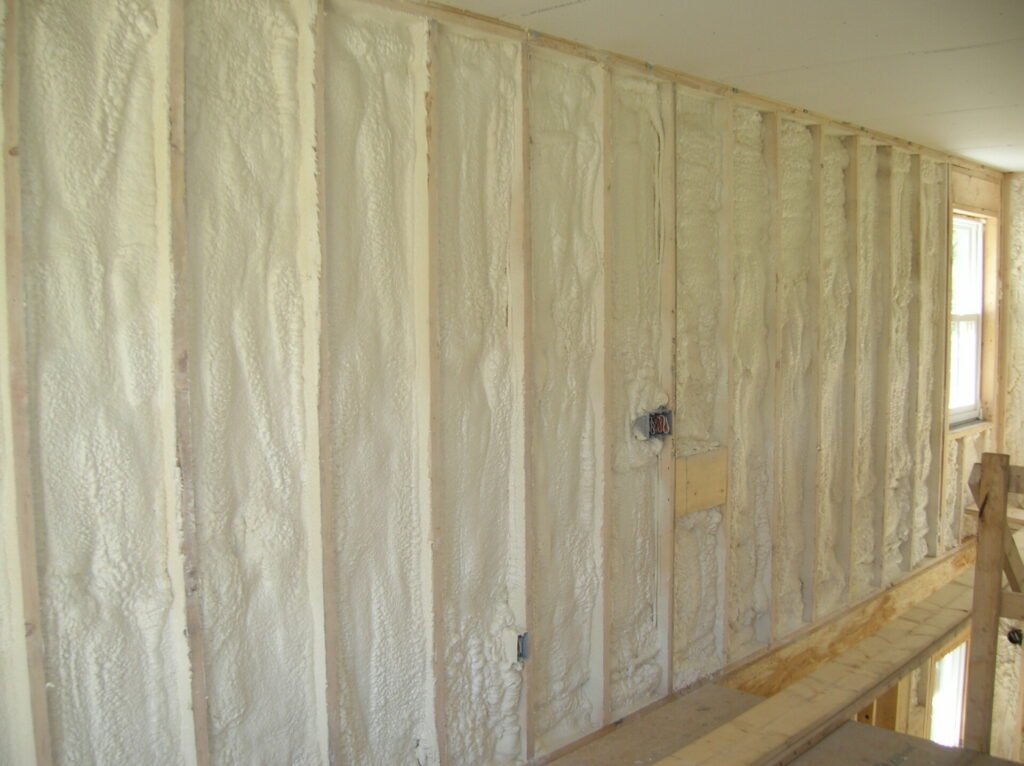
Insulation & Weatherization – Perhaps the most important step, insulation and air sealing provide the main barrier to heat loss and yields the highest energy savings. Combined with a whole house air sealing strategy, proper levels of attic, basement, and exterior wall insulation will provide the best increase in comfort, and savings.
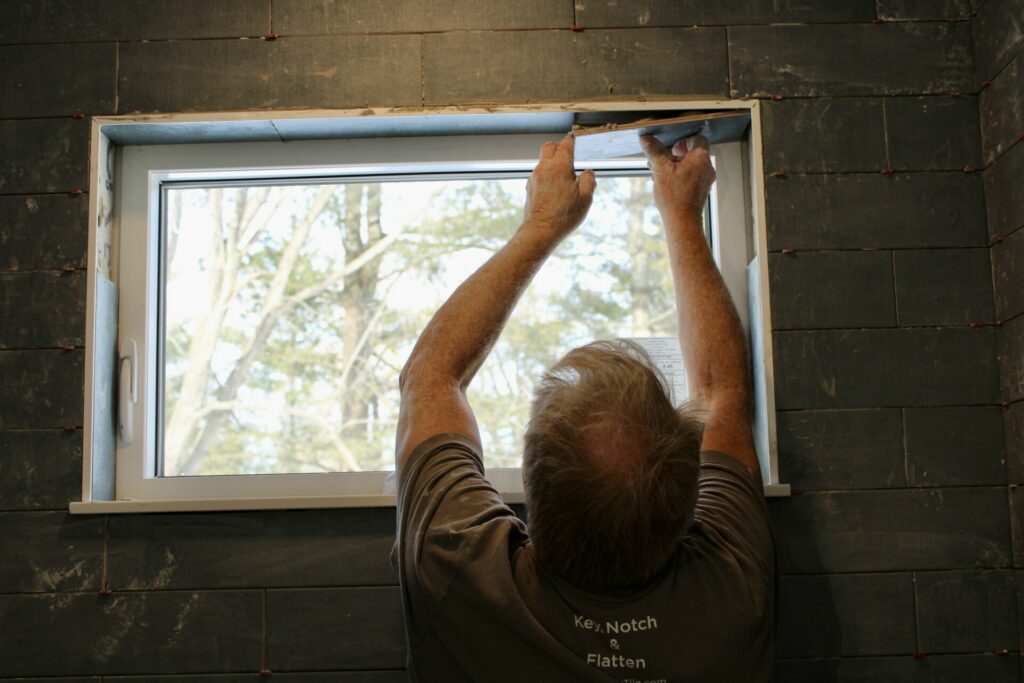
Windows & Doors – New windows and doors are a key component of the deep energy retrofit. Replacing inefficient windows and doors with energy-efficient units can dramatically improve comfort. Other benefits include reduced energy use, ease of operation, lower maintenance and increased property value.
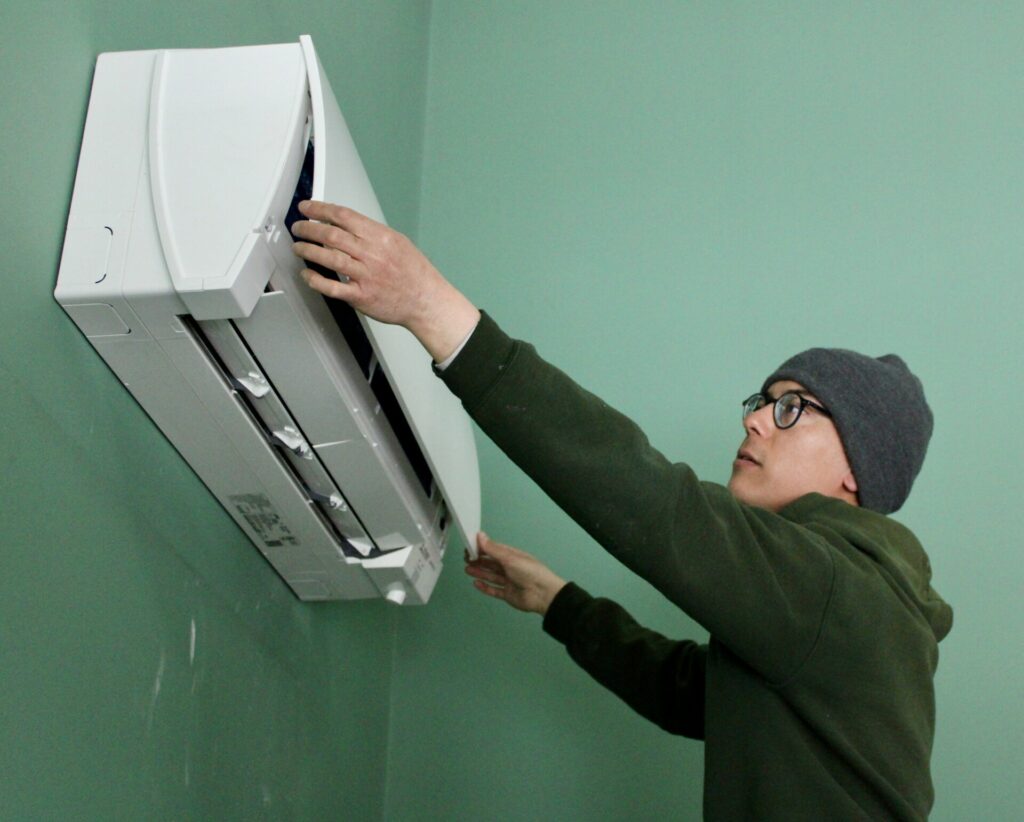
Heating Systems – Insulation and air sealing upgrades reduce the amount of heating and cooling energy required to maintain comfort. Most deep energy retrofits include upgrades to more efficient systems that are properly sized to meet the reduced loads of the building. Typically, this involves heating and cooling with high performance, cold climate heat pumps.
Ventilation Systems –While all homes need a functioning ventilation system, a deep energy retrofit can reduce air leakage significantly. To maintain optimum indoor air quality, we install a high efficiency Energy Recovery Ventilation (ERV) system. The ERV runs silently in the background, introducing fresh air into living spaces and removing stale air from kitchens, bathrooms, and other areas.
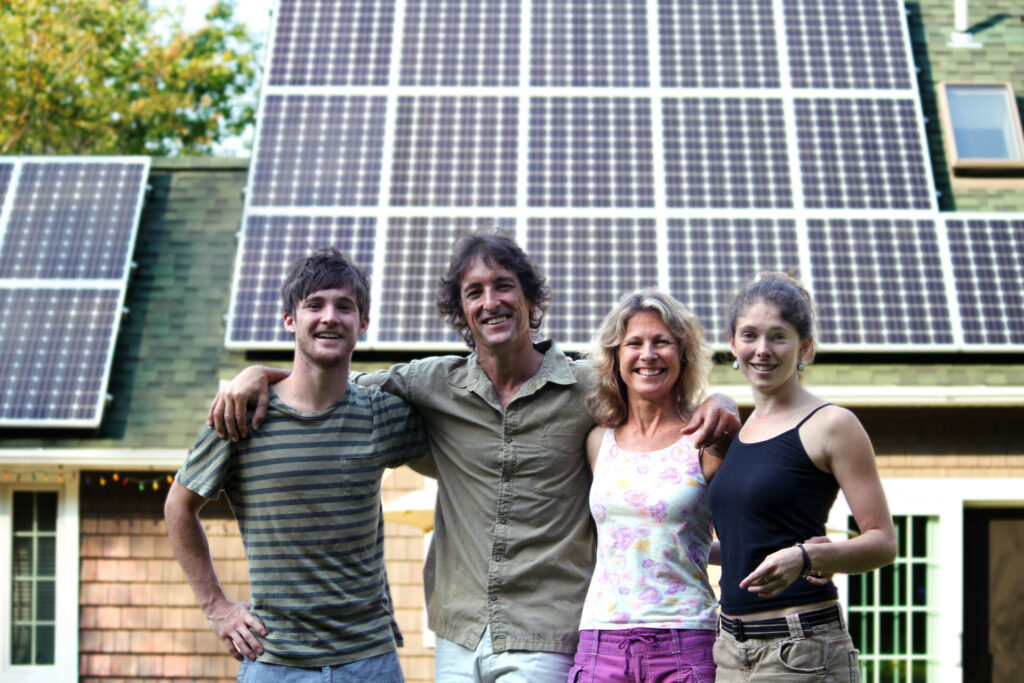
Renewable Energy – If you are looking to achieve net-zero, or greatly reduce your energy costs and carbon emissions, a renewable energy system such as solar PV is an excellent option. Systems can be tailored to your building’s usage and needs. Building Energy provides free site evaluations and proposals. You can read more on our solar systems page.
Electrification – Electrification simply means switching away from fossil fuels, which is a goal for many of our Deep Energy Retrofit customers. Greater carbon emission reductions are achieved when electrification is paired with a PV system. Switching from gas and oil heating systems to heat pumps, and trading in our cars for EVs are some of the bigger, more impactful electrification measures. Many homeowners are also installing heat pump water heaters, electric dryers, and induction stoves to reduce carbon emissions by switching away from fossil fuel equipment.
